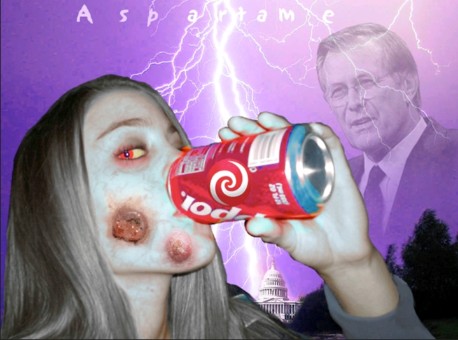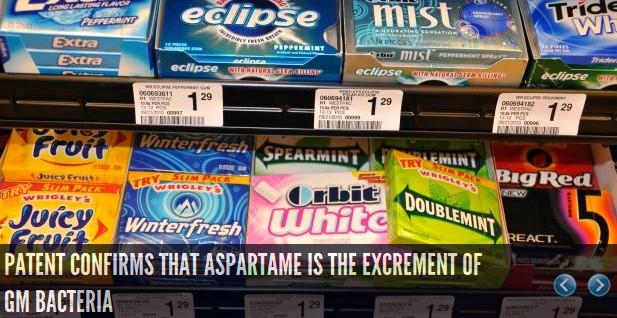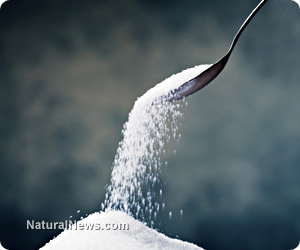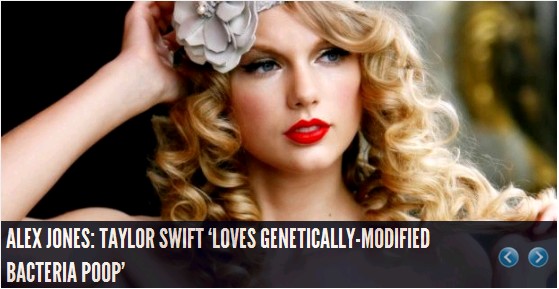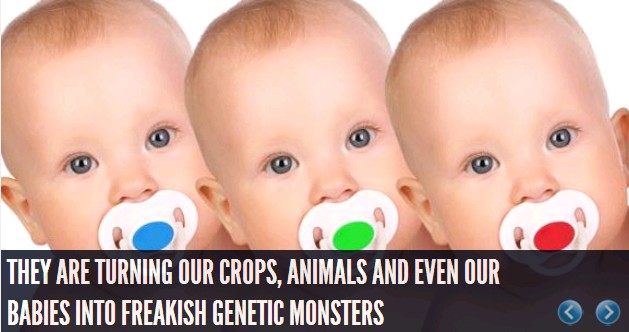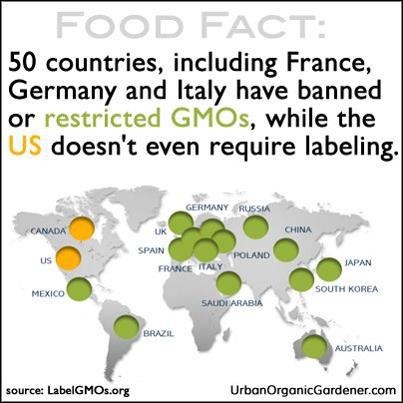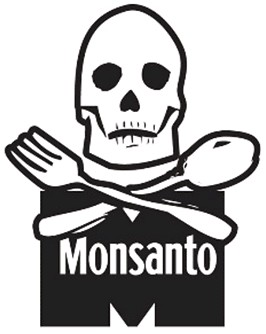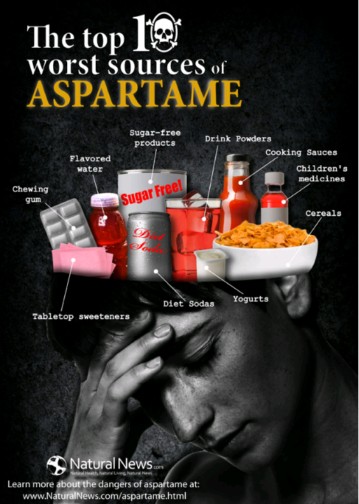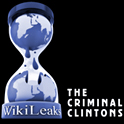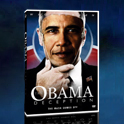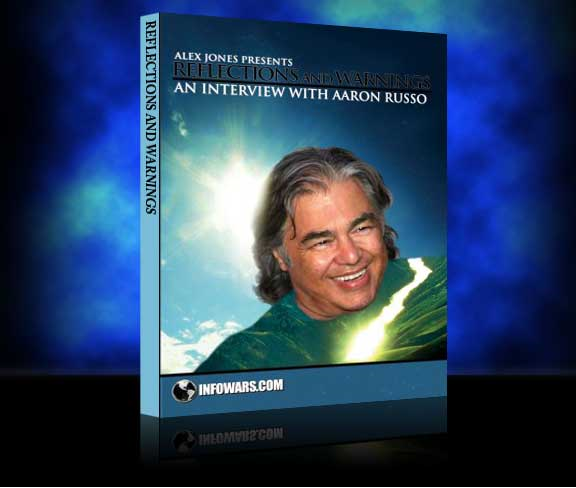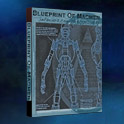welcome
|
Aspartame
“The artificial sweetener aspartame, a dipeptide with the formula Asp-Phe-me, is produced using a cloned micrcorganism [sic]. A DNA which codes for a large stable peptide comprised of the repeating amino acid sequence (Asp-Phe)n is inserted into a cloning vehicle which in turn is introduced into a suitable host microorganism. The host microorganism is cultured and the large peptide containing the repeating Asp-Phe sequence is harvested therefrom. The free carboxyl group of the large peptide is benzylated and then hydrolysed to benzyl Asp-Phe dipeptides. This dipeptide is methylated and then debenzylated to form aspartame.” This scientific jargon obfuscates (perhaps deliberately) a truly disturbing process: 1.) ‘Cloned microorganisms’ (which the patent later reveals to be genetically modified E. coli) are cultivated in tanks whose environments are tailored to help them thrive. 2.) The well-fed E. coli cultures defecate the proteins that contain the aspartic acid-phenylalanine amino acid segment needed to make aspartame.
The
well-fed E. coli cultures defecate the proteins that contain the aspartic acid-phenylalanine amino acid
segment needed
(The Full Article Can Found Below)
Aspartame is Made of GMO Bacteria Feces 1
Aspartame is Made of GMO Bacteria Feces 2
Aspartame: The Bitter Truth Behind This Toxic Sweetener http://aspartame.mercola.com/ Watch this special video about aspartame and discover the truth behind this toxic artificial sweetener. You may even be surprised how it affects your overall health.
Gum Sales Plummet
Infowars.com As gum sales plummet many believe its linked to the public’s awareness of aspartame. Aspartame, the artificial sweetener made of the feces of genetically modified bacteria.
This article was posted: Saturday, March 22, 2014 at 9:10 am Tags: health
Aspartame GMO Bacteria Poop Causing Blindness
Aspartame is Dangerous - The FDA Thinks That's OK
Dr. Russell L. Blaylock -- Excitotoxins [MSG, Aspartame]
THE BOOK CAN BE FOUND HERE : http://www.blaylockhealthchannel.com/#!bhc-store/c1rqv Excitotoxins The Taste That Kills - Book In his first book, written in 1994, Dr. Blaylock discusses the toxic effects of a number of food additives, including MSG (monosodium glutamate), aspartame and L-cysteine. These chemicals are added to a broad number of foods as a taste enhancing substance. In many cases several of these brain toxic additives are combined with foods to give them a delicious taste. They are particularly targeted toward young people, and as he shows, the developing brain is 5X more sensitive to the toxic effect than is the adult brain. The mechanism by which these food additives damage the brain is called excitotoxicity, a mechanism in which certain brain cells are excited to death. Most people have never heard the term excitotoxicity, but today, neuroscientists consider excitotoxicity to be the central mechanism in a wide number of diseases, including strokes, neurodegenerative diseases (Alzheimer’s dementia, Parkinson’s disease and ALS), heavy metal toxicity (mercury, lead, cadmium and aluminum), infectious brain diseases (encephalitis and meningitis), autism, brain trauma and multiple sclerosis. This book goes into detail, not only concerning the excitotoxic process, but also what you can do to protect you and your loved ones from excitotoxicity.
Aspartame - Sweet Misery (2004) A Poisoned World
LINK: Dead Fetus Cells in Pepsi and other Products
Patent confirms that aspartame is the excrement
Michael Ravensthorpe
Since 1999, the world has become a little more attentive to Monsanto and aspartame, but ignorance still abounds about the latter’s genesis. While more and more people are starting to awaken to aspartame’s destructive effects on our health, do they know how it is actually made? Fortunately, a 1981 patent for aspartame production, once confined to the drawers of patent offices, is now available online for everyone to see – and it confirms everything that Monsanto was happy to tell us in 1999 before their meteoric growth necessitated greater prudence. The production process The patent, which is entitled Process for producing aspartame and is credited to Bahl, Rose, and White, summarizes the process as follows: “The artificial sweetener aspartame, a dipeptide with the formula Asp-Phe-me, is produced using a cloned micrcorganism [sic]. A DNA which codes for a large stable peptide comprised of the repeating amino acid sequence (Asp-Phe)n is inserted into a cloning vehicle which in turn is introduced into a suitable host microorganism. The host microorganism is cultured and the large peptide containing the repeating Asp-Phe sequence is harvested therefrom. The free carboxyl group of the large peptide is benzylated and then hydrolysed to benzyl Asp-Phe dipeptides. This dipeptide is methylated and then debenzylated to form aspartame.” This scientific jargon obfuscates (perhaps deliberately) a truly disturbing process: 1.) ‘Cloned microorganisms’ (which the patent later reveals to be genetically modified E. coli) are cultivated in tanks whose environments are tailored to help them thrive. 2.) The well-fed E. coli cultures defecate the proteins that contain the aspartic acid-phenylalanine amino acid segment needed to make aspartame. 3.) The proteins containing the Asp-Phe segments are ‘harvested’ (i.e. lab assistants collect the bacteria’s feces). 4.) The feces are then treated. This includes a process of methylation (adding an excess of the toxic alcohol, methanol, to the protected dipeptide). While common sense dictates that this abomination doesn’t belong anywhere near our bodies, the patent’s authors made no secret about their belief that aspartame constitutes a safe and nutritious sweetener: “Aspartame is not only sweeter than sucrose, but is preferable as a food to sucrose. While sucrose can provide the body with little more than energy, aspartame is composed of amino acids, the building blocks of body proteins, and like other proteins is broken down by the digestive enzymes in the stomach to its constituent amino acids thus providing nutritive value. [...] For these reasons, aspartame holds significant promise in replacing sugar as a sweetener.” So there we have it: An official document that not only reveals the shocking truth behind aspartame production, but also freely admits that it was intended for mass consumption as a sucrose substitute. Therefore, the next time someone claims that your reservations about this sweetener are unfounded, direct them to this patent – the truth behind aspartame is now in plain view. Sources for this article include: http://www.freepatentsonline.com http://science.naturalnews.com About the author: Article pages: 1 2 This article was posted: Sunday, August 25, 2013 at 7:35 am Tags: health
Aspartame: The Dangers and Side Effects (Part 1 of 3) http://products.mercola.com/sweet-mis... Dr. Joseph Mercola, author of two New York Times best-sellers, exposes the questionable history of aspartame and why you should stay away from this dangerous artificial sweetener if you care for your health. (Part 1 of 3)
Aspartame: The Dangers and Side Effects (Part 2 of 3)
http://products.mercola.com/sweet-mis... Dr. Joseph Mercola, author of two New York Times best-sellers, exposes the questionable history of aspartame and why you should stay away from this dangerous artificial sweetener if you care for your health. (Part 2 of 3)
Aspartame: The Dangers and Side Effects (Part 3 of 3) http://products.mercola.com/sweet-mis... Dr. Joseph Mercola, author of two New York Times best-sellers, exposes the questionable history of aspartame and why you should stay away from this dangerous artificial sweetener if you care for your health. (Part 3 of 3)
Alex Jones: Taylor Swift
‘loves genetically-modified
Arturo Garcia Conspiracy theorist Alex Jones, who earlier this year led the push to have CNN host Piers Morgan deported, is now calling on singer Taylor Swift to stop endorsing Diet Coke. Jones’ criticism, released on Friday, hinges on the soda containing the sweetener Aspartame, which some studies have linked to different kinds of cancer. The substance, he said, is the result of a 1960s Pentagon study that sought to produce genetically-engineered e-coli bacteria, meaning that soda drinkers were drinking “the feces” of the results. The 23-year-old country and pop singer announced an endorsement deal with the company earlier this week, calling the drink “one of the great loves of my life” in a video posted on YouTube. “So in essence, Taylor Swift is telling us, she loves genetically-modified bacteria poop,” Jones said in response.
Taylor Swift's Dirty Little Secret Will Make You Sick Taylor Swift just announced a sponsorship deal with the love of her live Diet Coke. Infowars.com feels that she should be made aware of the dangers of aspartame the main sweetener in diet coke which is linked to many adverse health effects. Please get this video to Taylor Swift and hopefully she can educate herself and her fans.
NutraSweet Company brags about the second coming of aspartame: Neotame now taking over world markets
(NaturalNews) When the
NutraSweet Company first began petitioning the U.S. Food and Drug Administration (FDA) to approve aspartame as a
food additive back in the early 1970s, it had every intention of conniving its way to success by whatever means
possible. Today, after successfully getting aspartame approved and widely accepted around the world with flawed
studies and behind-the-scenes manipulation, NutraSweet has once again done the same thing with a new chemical
sweetener known as neotame, which is currently approved for use in food without even having to be
labeled. http://www.naturalnews.com/035016_aspartame_neotame_NutraSweet.html#ixzz1xpgVtXaP
Infowars Special Report With Mike Adams
They Are Turning Our Crops, Animals And Even Our Babies Into Freakish Genetic Monsters The greatest environmental threat that we are facing is genetic modification. All over the globe, scientists are treating the fabric of life as if it was a playground where anything goes. Behind closed doors, scientists all over the planet are creating some of the most freakish and most bizarre monsters that you could possible imagine, and very few people seem concerned about it. But the truth is that messing with the building blocks of life is going to have some very serious consequences. LINK: GMO Cloning Program
The
World According to Monsanto
There's nothing they are leaving
untouched: the mustard, the okra, the bringe oil, the rice, the cauliflower. Once they have established the norm:
that seed can be owned as their property, royalties can be collected. We will depend on them for every seed we grow
of every crop we grow. If they control seed, they control food, they know it -- it's strategic. It's more powerful
than bombs. It's more powerful than guns. This is the best way to control the populations of the world. The story
starts in the White House, where Monsanto often got its way by exerting disproportionate influence over
policymakers via the "revolving door". One example is Michael Taylor, who worked for Monsanto as an attorney before
being appointed as deputy commissioner of the US Food and Drug Administration (FDA) in 1991. While at the FDA, the
authority that deals with all US food approvals, Taylor made crucial decisions that led to the approval of GE foods
and crops. Then he returned to Monsanto, becoming the company's vice president for public policy.
Bayer + Monsanto = A Match Made in Hell corbettreport TRANSCRIPT AND MP3 AUDIO: https://www.corbettreport.com/bayer/ It is hardly surprising that the first thing Bayer did after completing their takeover of Monsanto earlier this month was to announce that they were dropping the Monsanto name, merging the two companies' agrichemical divisions under the Bayer Crop Science name. After all, as everyone knows, Monsanto is one of the most hated corporations in the world. But Bayer itself has an equally atrocious history of death and destruction. Together they are a match made in hell.
REACH OUT TO OTHERS [Help Educate Family And Friends With This Page And The Links Below]
More: Soft Kill Depopulation Prgm. | Depopulation Agenda | Monsanto | GMO Genetic Armageddon! | GMO Analyzed | GMO Cloning Program | GMO at WHOLE FOODS | Dead Fetus Cells in Pepsi and other Products | Aspartame is Made of GMO Bacteria Feces |
|
